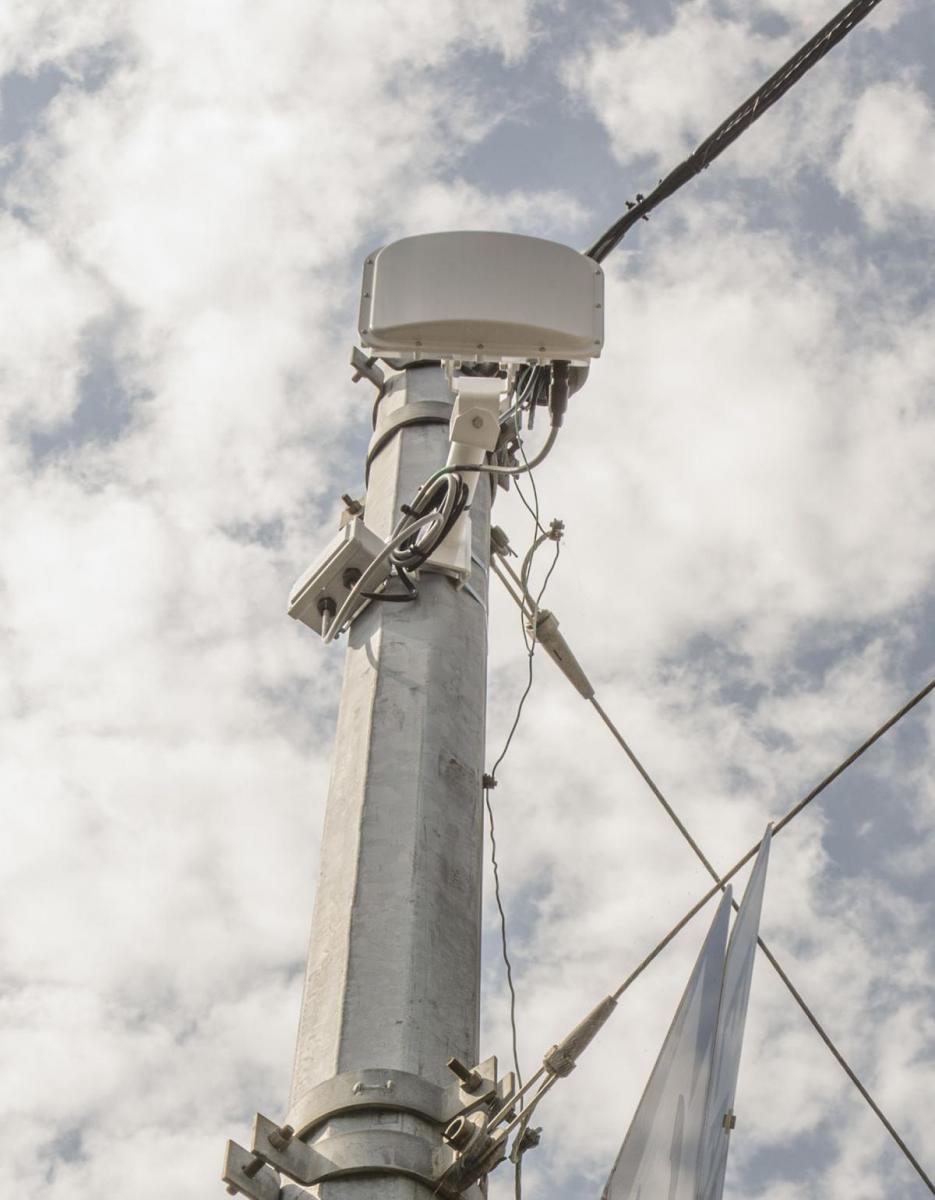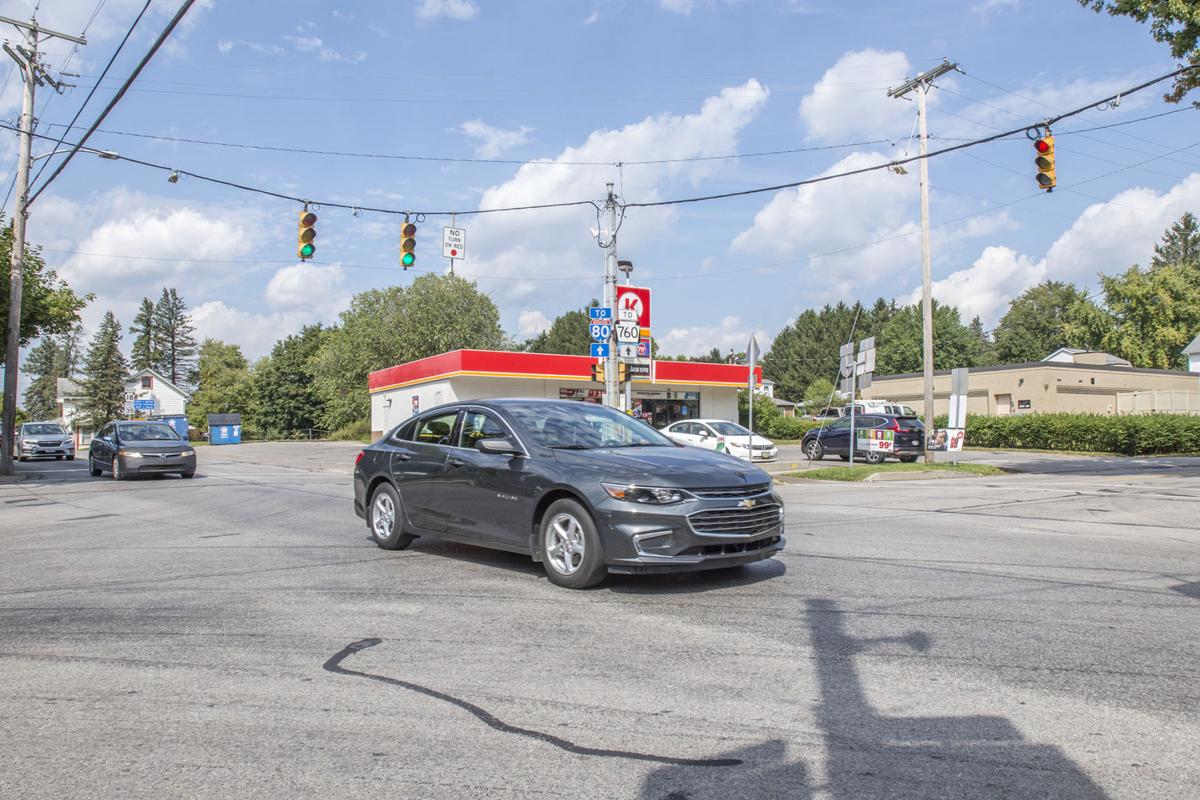B&M Installs New Signal to Improve Traffic Flow
New signal will improve traffic flow
WEST MIDDLESEX, PA – When giving directions, West Middlesex residents have two points of reference —the viaduct and “the light.’’
For years, the borough’s sole traffic light, at state Route 18 and Main Street, has served as a beacon for the community. However, it had a problem – the lights were dated.
West Middlesex council approved buying a new light system at a cost of more than $55,000. That was higher than the initial estimate, as the work required more improvements than initially planned, said council President Bob Lark. PennDOT has agreed to reimburse the borough $42,000 for the project.
An online PennDOT map showing traffic counts indicated it was in the thousands but an exact count wasn’t immediately available.
Nobody was sure of the age of the older lights.
“I think you’re looking at around a 20-year-old light,’’ said Ken Boyle, Chief Estimator for Bruce & Merrilees' Transportation Group, which installed the new stop light. The company is based in Shenango Township, Lawrence County.
Much has changed over the past 20 years, Boyle said.
The older traffic lights operated on a timer system — the light changed on a specific schedule, no matter how many cars stacked up at the red light.
 The new stop light in West Middlesex uses digital radar technology, Boyle said. A device mounted on top of a utility pole in a small white box emits beams that tell the light how long traffic line is waiting for the light to change.
The new stop light in West Middlesex uses digital radar technology, Boyle said. A device mounted on top of a utility pole in a small white box emits beams that tell the light how long traffic line is waiting for the light to change.
This technology also creates a safer intersection, Boyle said. If a driver catches a yellow light late as they go through an intersection, the radar picks that up.
“If that vehicle falls within a certain distance of the light, the radar then tells the light to keep the yellow signal on – for just a second or two from keeping it to turn red,’’ Boyle said.
Further, the light bulbs used in the new lights are LED, which last longer and use less energy as conventional lights.
The new lights also have microphones that respond to sirens used by emergency vehicles, he said. The microphones then “tell” the light to turn green to allow fire or police vehicles, or ambulances, to proceed without delay.

